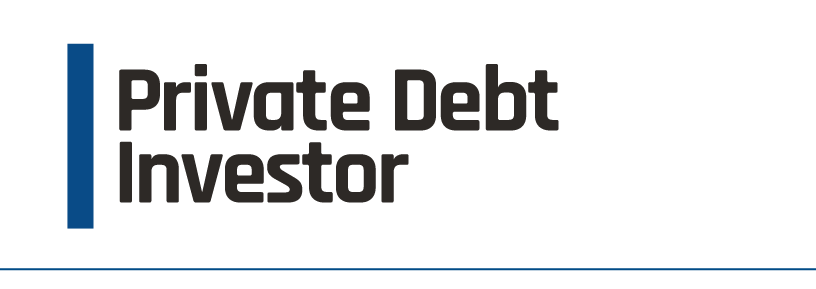A €16 billion bond and loan package is hefty by any standards, in any market. But for a European market still finding its feet after the financial crisis, it represents a remarkable turn of events. Sources indicate order books actually totalled more than €100 billion, suggesting an extraordinary appetite for sub-investment grade paper.
James Slessenger, European managing director and senior European covenant analyst at Xtract Europe, believes the deal said much about investors’ hunger for yield.
“There is huge appetite for sub-investment grade debt, and the high yield markets in the US and Europe can evidently absorb a big deal like this. That was so even though the Numericable issues followed hot on the heels of the recent €3.75 billion Wind issue,” he added.
Numericable staggered the maturities of the various bonds (2019, 2022, and 2024), which would have broadened the pool of investors and mitigated against refinancing risk, Slessenger said.
The deal was also aggressively structured, consistent with parent company Altice’s approach in the past. (For more on the bond terms, read the June issue of PDI).
The US high yield market has long been highly liquid and as such, an attractive way to raise capital for sponsors and corporates. But its European counterpart is developing at pace, and the Numericable deal can be viewed as a watershed.
Europe has long relied on bank-derived debt, far more so than the more balanced US market where institutional capital plays a broadly equal role to traditional lending. So the development of the European high yield market suggests the fundamental change which many have talked about in the wake of the financial crisis is finally coming to fruition.
Where does this leave private debt funds? The high yield market is a source of competition. But it’s only really a financing option for companies of a certain size. Although the market has seen a smattering of smaller bond issues, the generally accepted minimum in Europe is around €200 million. Most private debt funds generally tend to target deals below that threshold, so there is an element of deconfliction. For the larger funds which chase bigger deals, high yield is a threat to some extent, but ultimately a borrower will have to weigh up a variety of considerations.
A high-yield bond has many attractions when compared to a traditional loan: less onerous incurrence covenants; a longer term; bullet maturity and potentially more flexibility. There are downsides too of course: they generally feature a non-call period of anything up to five years (or beyond in exceptional circumstances); amendments require consent solicitation; documentation requires more time (and therefore expense) to complete; reporting is public rather than private (this can be an advantage too, in preparing a management team for the rigours of going public), and there is potentially liability incurred as a result of the prospectus.
Numericable and Altice have used both bonds and loans to finance the impending acquisition of rival telecommunications business SFR. The quantum of debt involved, and the enormous excess appetite evidenced by the size of the order books for the deal, suggest that liquidity exists to support megadeals going forward. This will be music to sponsors’ ears, as well as those of cash-rich corporates like Altice.
For more on high yield bonds, read Understanding High-Yield Bonds, published by PEI and available HERE.





